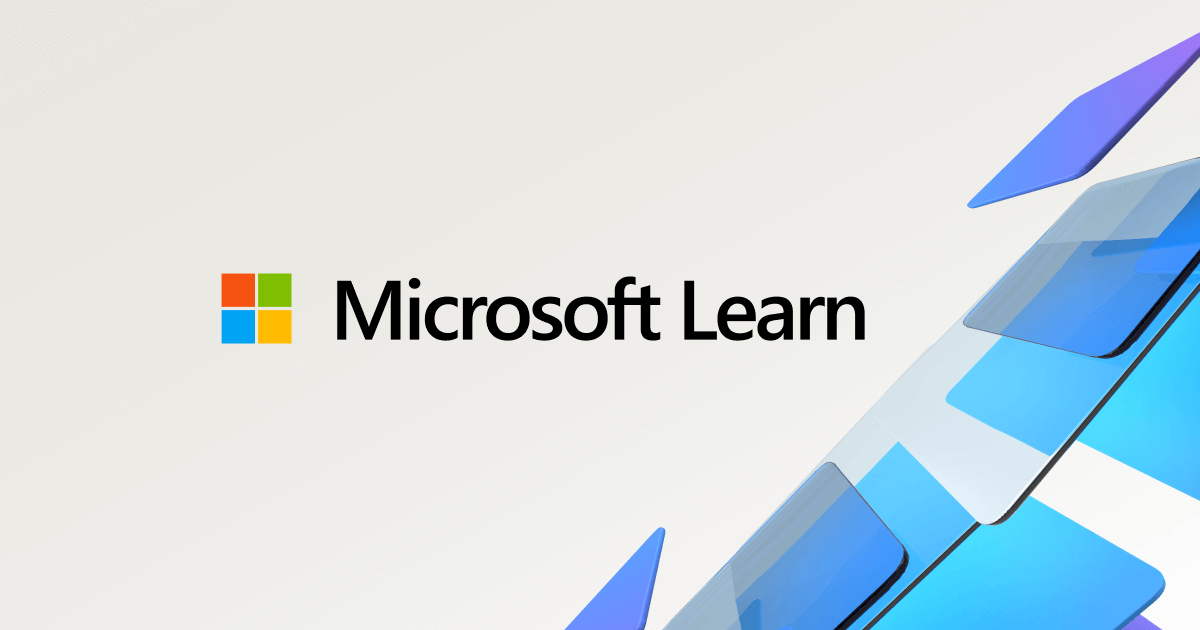Hi. I'm currently running Windows 11 Pro 24H2 with windows security version 1000.27840.0.1000. I noticed in my Local Security Policy, under "Impersonate a client after authenitcation", "Generate security audits", and "Bypass traverse checking" that a value that begins with *S-1-5-99-216390572- is included with the default users/groups. The only information I could find is that it refers to
a SECURITY_RESTRICTED_SERVICES_BASE_RID.
A few months ago I had a security issue with my router and have reset and reinstalled everything. I was hoping that someone could provide me feedback and reassurance that this setting is as expected.
Thanks.
A few months ago I had a security issue with my router and have reset and reinstalled everything. I was hoping that someone could provide me feedback and reassurance that this setting is as expected.
Thanks.
